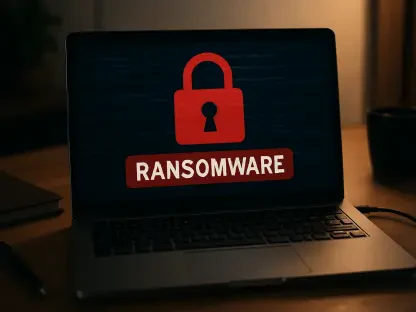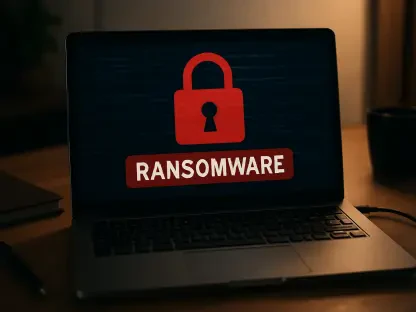The specter of cyber espionage looms large over Eastern Europe amid the activities of APT28, a notorious hacking group linked to Russian military intelligence. Exploiting vulnerabilities such as cross-site scripting (XSS), the group infiltrates webmail servers of governments and defense companies, targeting crucial regions like Ukraine, Bulgaria, and Romania. This concerted effort raises the urgency of evaluating Eastern Europe’s preparedness against increasingly sophisticated cyber threats.
Context and Significance
Understanding the vulnerabilities exploited by groups like APT28 is crucial because the cyberattacks align with geopolitical tensions, particularly those involving Russian interests. The hacking group utilizes phishing emails to deploy malware, capitalizing on outdated webmail servers like Roundcube and Zimbra, often neglected due to inadequate maintenance practices. Such actions expose sensitive government data, heightening the risk of espionage, and serve as a testament to APT28’s persistence in targeting entities associated with Soviet-era weaponry, notably those aiding Ukraine amidst its conflict with Russia. This scenario is not an isolated case, as similar cyber incursions have emerged across other continents, challenging the global cybersecurity framework.
Research Methodology, Findings, and Implications
Methodology
ESET, a cybersecurity firm, conducted an extensive investigation into the tactics employed by APT28. The firm employed a mix of threat intelligence gathering and analysis of phishing techniques. By scrutinizing malicious email patterns and uncovered vulnerabilities in Internet-based communications infrastructure, the study aimed to reveal the underlying mechanisms of these sophisticated cyberattacks.
Findings
Investigations revealed a troubling trend of exploiting XSS vulnerabilities, which grant attackers access to vital login credentials and control over sensitive communications. It confirmed that these attacks predominantly targeted government agencies and defense contractors in Eastern Europe. Notably, outdated or poorly maintained systems were most susceptible, making them preferred entry points for cyber espionage.
Implications
The findings underscore a pressing need for robust cybersecurity frameworks within governmental infrastructures across Eastern Europe and beyond. Highlighting systemic weaknesses in webmail security suggests that upgrading outdated systems and adopting proactive cybersecurity measures are critical steps toward deterrence. This research sheds light on both technical and strategic aspects required to address the intricate cybersecurity landscape influenced by geopolitical realignments.
Reflection and Future Directions
Reflection
Throughout the research, challenges such as rapidly evolving cyber tactics and insufficient historical data impeded a complete understanding of threat dynamics. Nevertheless, continuous updates and real-time analysis helped bridge gaps. Exploring previously underexamined exploitation vectors could further enhance the research.
Future Directions
Future inquiries might delve deeper into regional cooperation and mutual defense strategies against cyber threats. Additionally, investigating the potential impacts of emerging technologies and their integration into existing defensive architectures offers promising avenues for enhancing resilience against cyber espionage.
Conclusion: Guarding Against Cyber Threats
The intricate narrative woven around APT28’s activities spotlights a persistent and expanding domain of cybersecurity threats. This research emphasized the necessity of upgrading digital defenses and implementing comprehensive threat mitigation strategies. As Eastern Europe confronts these cyber espionage activities, the findings push for fortified infrastructures and collaborative efforts. Addressing these challenges today can pave the way for more secure digital landscapes in the years to come, marking a pivotal step in safeguarding sensitive information from advanced threats.









